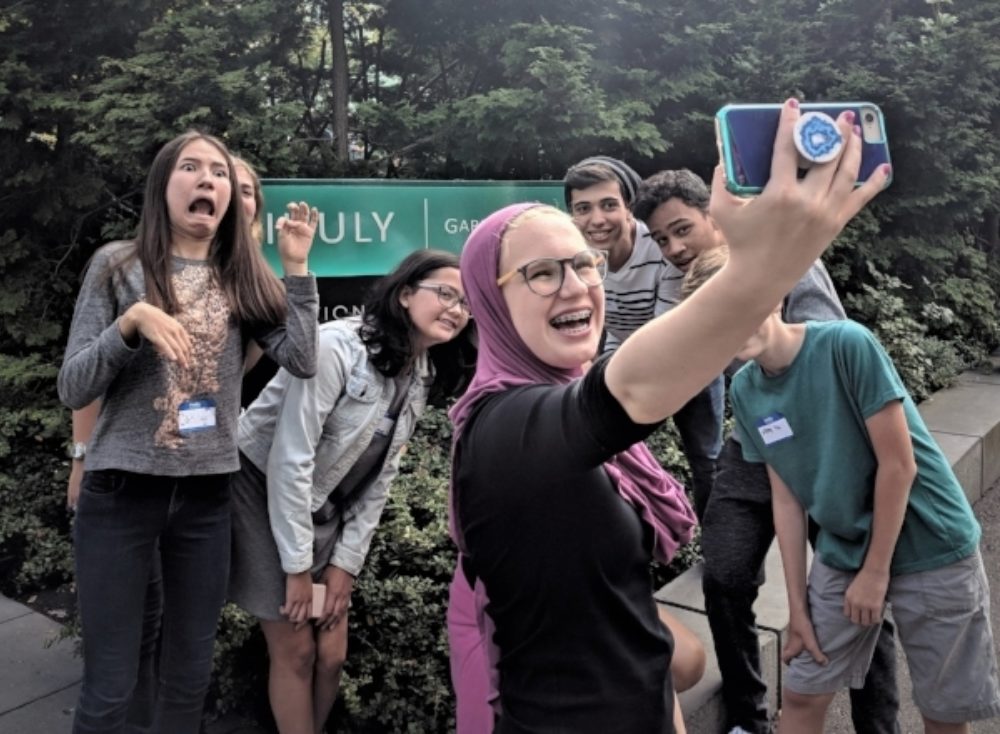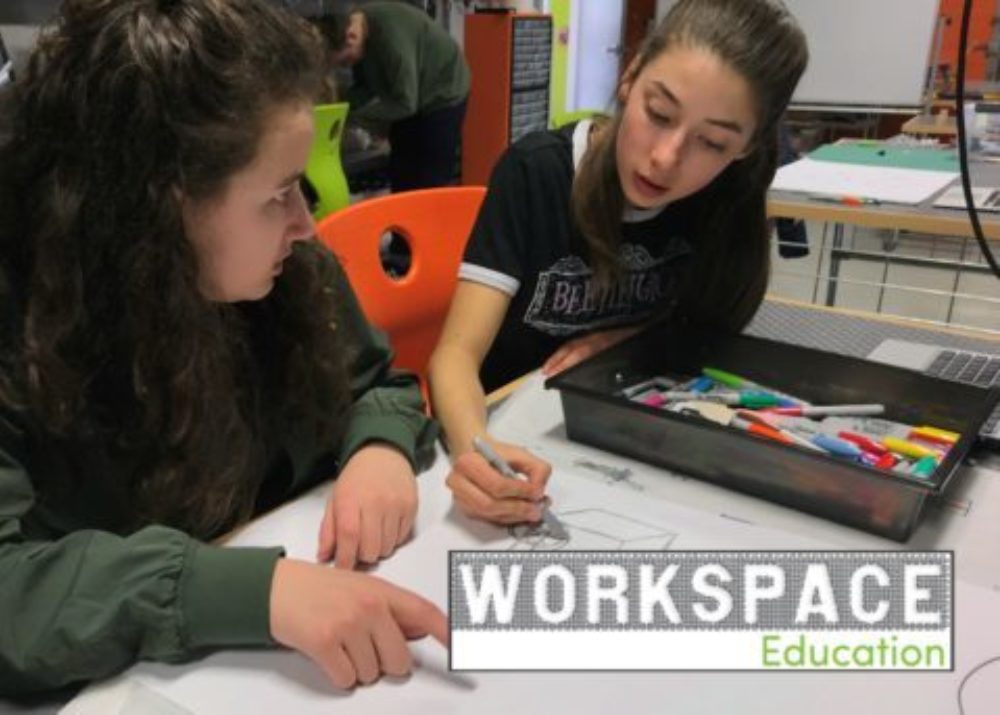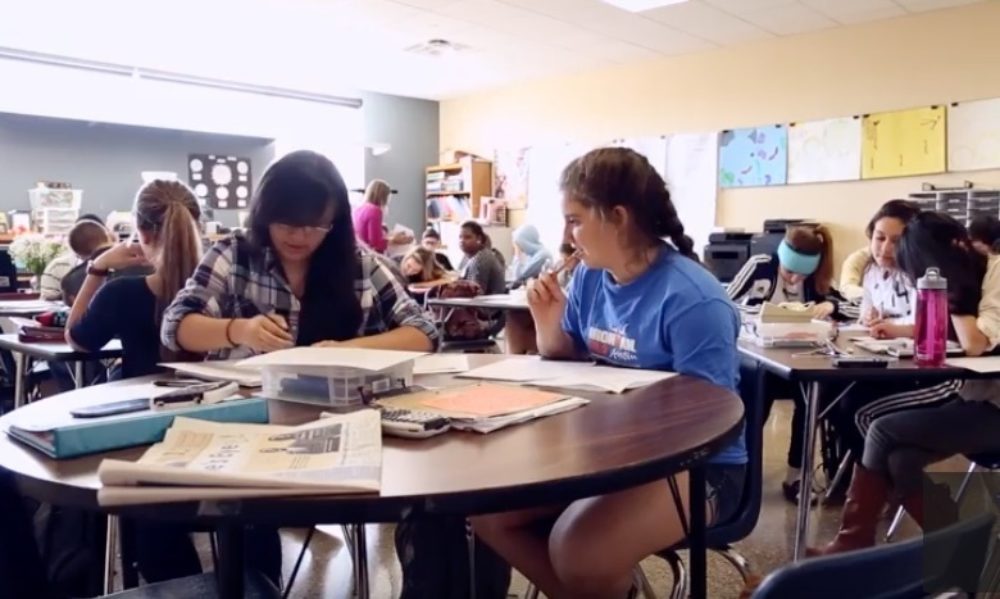Four Innovative School Models Every Leader Should Know
The most important trait today’s school leader can have is a willingness to discover.
We all recognize that education is changing, and fast, but are we proactively looking outside of ourselves and our immediate contexts to learn more about innovative models being put into practice right now?
Experiencing new and different models of learning is a practical and powerful way to expand our vision for what is possible in our own schools. One of the great benefits of GOA’s network is access to a global community of schools and learning organizations who are committed to exploring new ways to learn: I am constantly discovering exciting, future-focused models.
I want to share a few examples of some really innovative work school leaders should be aware of. I would challenge leaders to weave these examples and others like them into conversations with colleagues, parents/guardians, leadership teams, and boards. What about these models is most relevant to our missions and our current work? Which ideas might have sticking power if we implemented them? What would need to be re-envisioned for these ideas to work at our school?
The Downtown School: A Lakeside School

Lakeside School launched this microschool to offer a more affordable independent school option to families in Seattle. At half of Lakeside’s tuition, The Downtown School uses the city as a lab for hands-on learning and is reimagining our notion of what a traditional high school looks like, from scheduling to staffing.
Why is this model important to know about?
The Downtown School costs half of what other independent schools cost because they made some deliberate decisions.
- They don’t offer sports or other extracurriculars, which their students can participate in outside of school.
- They have done away with the sacred cow of what a “normal” teaching load is for an independent school. Until they add more grades (they started with grade 9) teachers both teach and serve in administrative capacities.
- They are sharing resource loads with other organizations. They tap into some of the structures at Lakeside, including their tech team, business office, and marketing departments, which saves them a tremendous amount of money. They are also members of GOA: taking a GOA course is a graduation requirement, dramatically expanding their course catalog while saving them a full FTE each year.
Workspace Education

This is a really interesting model where “parents, educators, professionals and specialists co-create custom educations.” Staff at Workspace work with families and students to develop custom blends of learning that are unique for each student. They also house an Acton Academy affiliate school, another program worth looking into.
Why is this model important to know about?
The next generation of parents/guardians is looking for the right fit for their students. They will approach choosing a school based less on reputation/affiliation and more for the right fit for their student, a fit that may change and shift over time. Programs like Workspace, which allows families to customize a continually evolving learning experience, will be attractive to many families.
THINK Global School

THINK Global School is what happens when you completely reconsider what learning means when the world is your classroom. Many schools have global travel programs, which range from service-based to sightseeing, but TGS is a completely immersive program where school terms take place in different countries throughout the year.
Why is this model important to know about?
Rather than center a student’s experience around core classes, graduation requirements, and content knowledge, TGS’s year-round Changemaker Curriculum focuses on mastery, autonomy, and purpose and is delivered through experiential, hands-on projects. Schools should look at how TGS builds breaks into their year-round program, leverages online spaces (including membership in GOA) to facilitate foundational understanding of topics and places, and uses real-world projects to demonstrate understanding.
UT OnRamps

What if there were a way to shorten the path to a college diploma? OnRamps is an initiative from the University of Texas that aims to blur the line between high school and college by offering dual-credit classes that prepare high school students for college success. By providing students with a college-level learning experience during high school, OnRamps helps them understand, firsthand, what will be expected of them in college. Most importantly, students receive both high school and college credits for the classes they take.
Why is this model important to know about?
The public sector is leading this work to ensure equity and access to higher education, but there are important implications for independent schools, as well. Coupling the cost of independent school with the cost of college, some independent school families can expect to pay close to $700,000 for a k-16 education for each of their children. What if some of the courses students took in high school counted for college graduation?
We want to hear from you about other innovative models we should be exploring! Share your ideas with us on Twitter or email us at hello@globalonlineacademy.org.
Want to take the next step and learn more about the latest ideas in education? Join one of our educator courses.
